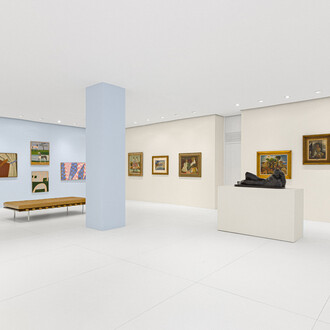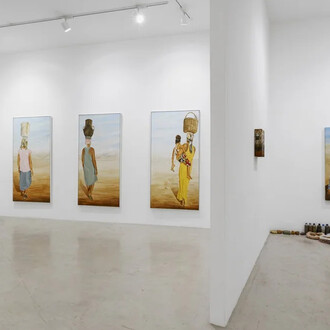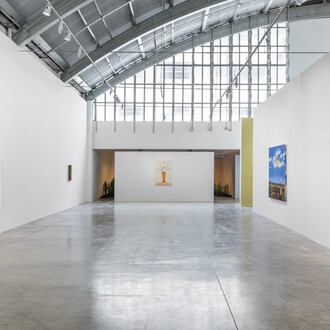The 1960s were marked by political movements in many countries around the world for various reasons — educational systems, customs, political repression, movements against war. In Brazil it was no different and, despite the censorship imposed by the authoritarian regime, the period was marked by an intense artistic production, which portrayed the atmosphere of tension and risk of the time.
To revisit this context, specifically the period from 1965 to 1970, the Museu de Arte Moderna de São Paulo will host, from April 30 to July 28, the exhibition “The Years of Living Dangerously,” showcasing a selection focused on the second half of the 1960s, a multifaceted period in Brazilian art, which was crucial for the development of our art to our present days. Such a scenario transformed the country's anthropophagic cultural cauldron, at the same time the restructuring of MAM was taking place, which, in 1969 opened its new headquarters, resisting the times and reaching the present moment, celebrating its 70 years of history.
Curated by Marcos Moraes, the exhibition goes from the pop trend to works of surrealist affiliation, many of which expressing the social and behavioral concerns that marked that era. There are altogether 50 works from such artists as Antônio Henrique Amaral, Anna Maria Maiolino, Antônio Manuel, Cláudio Tozzi, Maureen Bisilliat, Wesley Duke Lee, among others.
Paintings, woodcuts, photographs and objects were selected to present images associated with the prevailing cultural environment, such as demonstrations, strikes, censorship, utopia, repression, desire and Brazilian identity — a survey that poses the potential of the broadening of horizons produced by the Brazilian avant-garde of the time. The museum’s educational activities will also provide viewers with opportunities to reflect on the culture of that decade by offering stimulating activities that complement the experience of visiting MAM.
“For the selection of works, I considered the context, the effervescent environment and the events that involved these artists in the period of the 1960s which radically confronted the prevailing art system in the country, among which the exhibitions: Nova Objetividade Brasileira [New Brazilian Objectivity, MAM RJ], 1ª JAC – Jovem Arte Contemporânea [1st JAC – Young Contemporary Art, MAC – USP], Exposição-não-exposição [Exhibition-non-exhibition, Rex Gallery & Sons] and the 9th São Paulo Biennial. This exhibition proposes a reflection on these complex moments that were lived, having as milestones the years of 1965 and 1970, reverberating in 2019, its atmospheres marked by life and the presence of danger and threat,” as the curator Marcos Moraes proposes.












